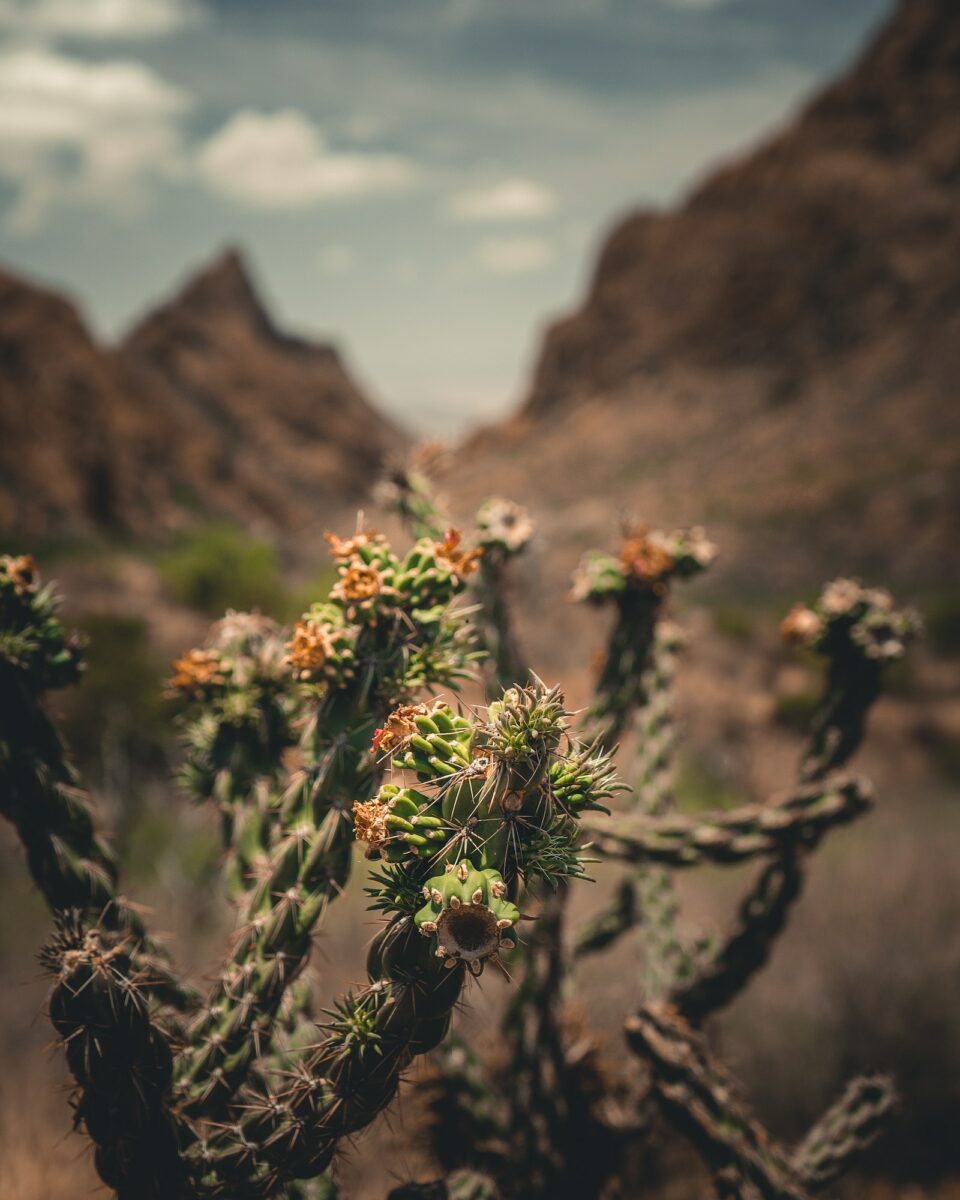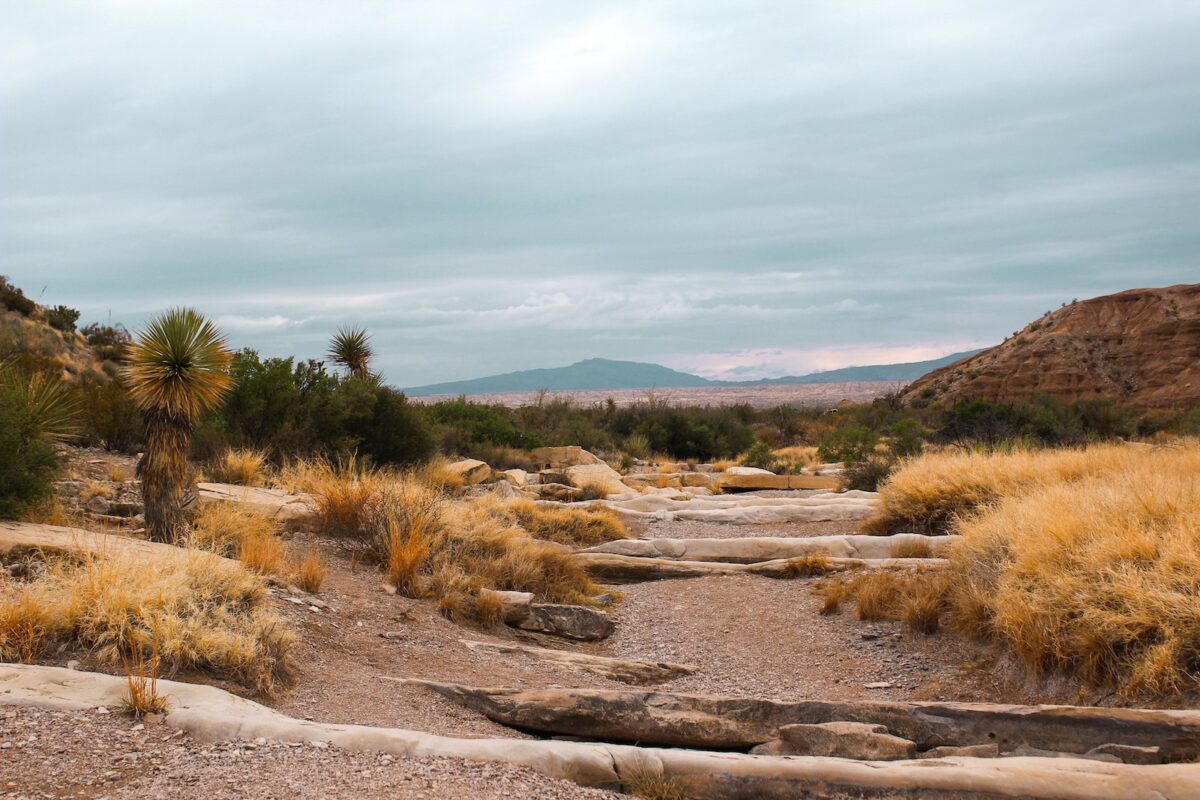
Flora Around Dude Ranches
The Texan desert is a unique and fascinating ecosystem that is home to a variety of flora and fauna. From towering cacti to vibrant wildflowers, the desert landscape is full of hidden treasures waiting to be discovered. One of the best ways to explore the desert and its flora is by visiting a dude ranch, where you can experience the beauty of the natural surroundings while learning about the plants that call it home.
Dude ranches in Texas offer a unique opportunity to explore the desert landscape and learn about the plants and wildlife that thrive in this harsh environment. Whether you are an experienced hiker or a novice nature enthusiast, there are plenty of opportunities to explore the desert and discover its secrets. From guided hikes to horseback riding, dude ranches offer a range of activities that allow visitors to experience the beauty of the desert up close.
If you are interested in uncovering the secrets of the Texan desert and exploring the flora around dude ranches, there are plenty of resources available to help you plan your trip. With its unique landscape and diverse array of plant life, the desert is a fascinating and rewarding destination for anyone interested in nature and the great outdoors. So why not plan a trip to a dude ranch in Texas and discover the beauty of the desert for yourself?
Understanding the Texan Desert
The Texan desert is a unique and fascinating ecosystem that covers parts of northern Mexico and the southwestern United States, including Texas. The desert is characterized by its arid and hot climate, with temperatures that can reach up to 120°F in the summer and drop below freezing in the winter. The Chihuahuan Desert, which is the largest desert in North America, covers most of the Texan desert region.
The Texan desert is home to a diverse range of plant and animal species that have adapted to survive in the harsh conditions. Some of the most common plants found in the desert include cacti, succulents, and mesquite trees. These plants have evolved to store water and reduce water loss through specialized adaptations such as deep roots and waxy coatings.
The animal life in the Texan desert is equally fascinating. Some of the most iconic desert animals include rattlesnakes, lizards, and roadrunners. These animals have also adapted to the harsh conditions by developing specialized behaviors and physical features such as burrowing, camouflage, and water conservation.
The Texan desert is also facing significant challenges due to climate change. The desert is experiencing more frequent and severe droughts, which are causing a decline in plant and animal populations. Additionally, the increase in temperature is causing the desert to expand, which is leading to the loss of habitats and biodiversity.
Overall, understanding the Texan desert is crucial for anyone interested in exploring and appreciating the unique flora and fauna of the region. By learning about the adaptations and challenges facing the desert, we can better appreciate the delicate balance of this ecosystem and work towards its preservation.

Flora in the Texan Desert
The Texan desert is home to a diverse range of flora that has adapted to the harsh climate and soil conditions. The region is known for its cacti and yucca, as well as rare and endangered plants.
Cacti and Yucca
Cacti are a common sight in the Texan desert, with over 100 species found in the region. These plants have adapted to the arid conditions by developing thick stems that store water and spines that protect them from predators. Some popular species of cacti found in the region include the Saguaro, Prickly Pear, and Barrel Cactus.
Yucca is another plant commonly found in the Texan desert. These plants have long, sword-like leaves and produce large, white flowers. The Yucca plant has a unique relationship with the Yucca moth, which pollinates the plant in exchange for a place to lay its eggs.
Rare and Endangered Plants
The Texan desert is also home to several rare and endangered plant species, such as the Ariocarpus fissuratus. This small cactus has a unique appearance with its fissured surface and is highly valued by collectors, which has led to over-harvesting in the past. However, conservation efforts have helped to protect this species from extinction.
Other rare plants found in the Texan desert include the Guadalupe Fescue and the Tobusch Fishhook Cactus. These plants are adapted to the unique soil and climate conditions of the region and are important to the ecosystem.
In conclusion, the Texan desert is a unique environment that supports a diverse range of flora, including cacti, yucca, and rare and endangered plant species. Understanding and protecting these plants is essential to preserving the natural beauty and biodiversity of the region.
Fauna Around the Flora
The Texan desert is home to a diverse range of fauna that thrives on the flora found around dude ranches. Here are some of the most common creatures you’ll find in the area.
Ants and Other Insects
Ants are some of the most common insects you’ll find in the Texan desert. They are highly organized and form complex colonies that can number in the thousands. Some of the most common ant species found in the area include the red harvester ant, the Texas leafcutter ant, and the carpenter ant.
In addition to ants, there are also many other types of insects that inhabit the Texan desert. These include beetles, grasshoppers, and butterflies. The monarch butterfly is a particularly beautiful species that migrates through the area each year.
Birds
The Texan desert is home to a wide variety of bird species, including raptors, songbirds, and waterfowl. Some of the most common species found in the area include the roadrunner, the great horned owl, and the turkey vulture.
Birds play an important role in the ecosystem of the Texan desert. They help to control insect populations, pollinate plants, and disperse seeds.
Fish
While the Texan desert may not seem like an ideal location for fish, there are actually several species that can be found in the area. These include the desert pupfish, the Rio Grande silvery minnow, and the Guadalupe bass.
Fish are an important part of the food chain in the Texan desert, providing a source of food for larger predators like birds and mammals.
Overall, the fauna found around the flora in the Texan desert is diverse and fascinating. Whether you’re interested in ants, birds, or fish, there is something for everyone to discover in this unique ecosystem.

Dude Ranches in the Texan Desert
When it comes to dude ranches in the Texan desert, visitors have a few options to choose from. These ranches offer a chance to experience the beauty of the desert landscape while enjoying horseback riding, outdoor activities, and more. Here are two types of dude ranches to consider:
Working Ranches
Working ranches are ideal for visitors who want a more authentic experience. These ranches are actual working ranches that offer guests a chance to participate in daily ranch activities. Guests can learn how to work cattle, ride horses, and more. One such ranch is the Dixie Dude Ranch, which has been around for over 75 years. It raises longhorn cattle, pigs, and Spanish goats. The cowboys who work the horses on the ranch also train for and compete in rodeos. The facilities include an arena for lessons, pool, hot tub, playground, basketball, volleyball, and hiking and nature trails.
Luxury Guest Ranches
Luxury guest ranches are perfect for visitors who want a more upscale experience. These ranches offer luxurious accommodations, gourmet dining, and a range of activities. One such ranch is the Tanque Verde Ranch, located in Tucson, Arizona. It has over 100 horses and offers horseback riding, tennis, archery, swimming, and more. Guests can also relax in the spa or take a dip in the pool.
Whether you prefer a more authentic or luxurious experience, dude ranches in the Texan desert offer a chance to explore the beauty of the desert while enjoying a range of outdoor activities.
Outdoor Activities in the Texan Desert
The Texan desert offers a diverse range of outdoor activities for visitors to enjoy. From hiking through the rugged terrain to exploring the unique flora and fauna of the region, there is something for everyone to enjoy.
Hiking is a popular activity in the Texan desert, with many trails available for visitors to explore. One of the most popular destinations for hiking is Big Bend National Park, which offers over 150 miles of trails. Visitors can choose from easy, moderate, and strenuous hikes, each offering its own unique views and challenges.
For those looking for a more challenging hike, the South Rim Trail in Big Bend National Park is a must-visit. This 12-mile trail offers stunning views of the Chisos Mountains and the surrounding desert landscape. Visitors should be prepared for a strenuous hike, as the trail includes steep inclines and rocky terrain.
In addition to hiking, visitors can also explore the unique flora and fauna of the Texan desert. The region’s diverse plant life includes cacti, succulents, and wildflowers, among others. Visitors can learn more about the region’s plant life by visiting local botanical gardens or taking guided tours.
Finally, visitors can also explore the cultural and historical significance of the Texan desert. The region’s proximity to the US-Mexico border has played a significant role in shaping its history and culture. Visitors can learn more about the region’s history by visiting local museums and cultural centers.
Overall, the Texan desert offers a wealth of outdoor activities for visitors to enjoy. Whether you’re interested in hiking, exploring the region’s flora and fauna, or learning more about its cultural and historical significance, there is something for everyone to enjoy.
Conservation Efforts in the Texan Desert
The Texan desert is a unique ecosystem that is home to a diverse range of flora and fauna. The community of botanists, conservationists, and other experts have been working together to protect this fragile ecosystem from extinction.
One of the biggest threats to the natural habitat of the Texan desert is poaching. Poachers hunt and collect rare and endangered plants for the black market. The U.S. Fish and Wildlife Service has been working tirelessly to crack down on poaching and protect the plants of the Texan desert.
Conservation efforts have also been focused on restoring degraded areas of the desert. Restoration projects aim to bring back the natural balance of the ecosystem and provide a healthy habitat for the plants and animals that call the desert home.
Botanists have been studying the flora of the Texan desert to better understand the ecosystem and identify areas that need protection. Through their research, they have discovered new species of plants and worked to protect endangered ones from extinction.
Overall, the conservation efforts in the Texan desert have been successful in protecting the unique ecosystem and its flora from threats like poachers and degradation. Continued efforts will be necessary to ensure the long-term survival of this important ecosystem.


